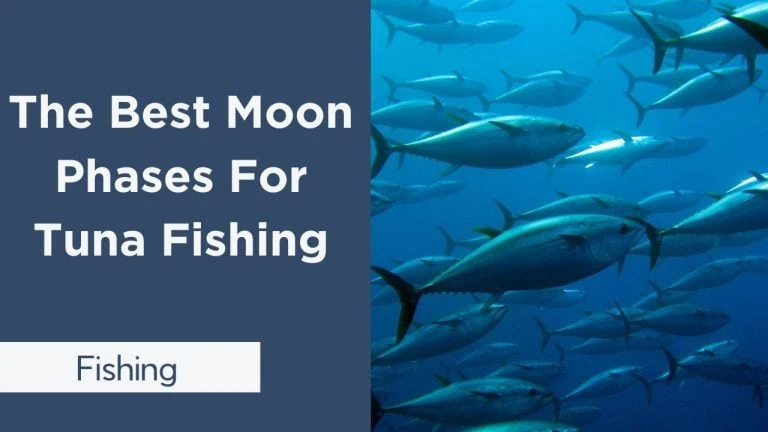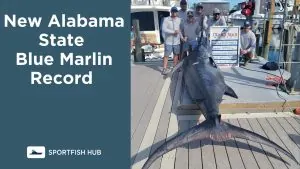The quest for finding the perfect moon phase to enhance your tuna fishing experience can be both exciting and puzzling.
Tuna, one of the most sought-after prizes in offshore fishing, has an established connection with lunar cycles that impacts their feeding habits and activity levels.
In this blog post, we’ll delve into the best moon phases for tuna fishing – full or new moons – while considering other factors such as tides, time of day, and water temperature that significantly determine your success offshore.
Key Takeaways
- The full moon and new moon are considered the best moon phases for tuna fishing, with the full moon being an excellent time for bait fishing due to increased natural lighting and visibility. In contrast, the new moon can be ideal for attracting baitfish using artificial lights.
- Factors such as tides, time of day, and water temperature should also be considered when choosing the best moon phase for tuna fishing.
- Tuna tend to feed most actively during the first and last light (dawn and dusk), regardless of the lunar cycle. Still, their feeding habits may vary depending on species, location, time of year, and other factors.
The Best Moon Phases For Tuna Fishing
The full moon and new moon are considered the best moon phases for tuna fishing, according to experienced anglers.
Full Moon
The full moon phase is often considered the best time for tuna fishing; in particular, species like bluefin tuna and Wahoo tend to show and bite more actively during this period.
Fishing enthusiasts have discovered that the increased natural lighting provided by a full moon can stimulate the feeding behavior of tunas as it creates optimum conditions for them to hunt their prey.
However, there are specific challenges associated with fishing during a full moon.
For instance, bait fishing can be problematic as a cloudy night sky may negatively impact visibility beneath the water surface, which could hinder successful bait deployment or retrieval.
Yet despite these potential difficulties, many anglers rely on lunar calendars to predict peak fish activity periods based on factors including tide patterns and current fluctuations caused by different phases of the lunar cycle.
New Moon
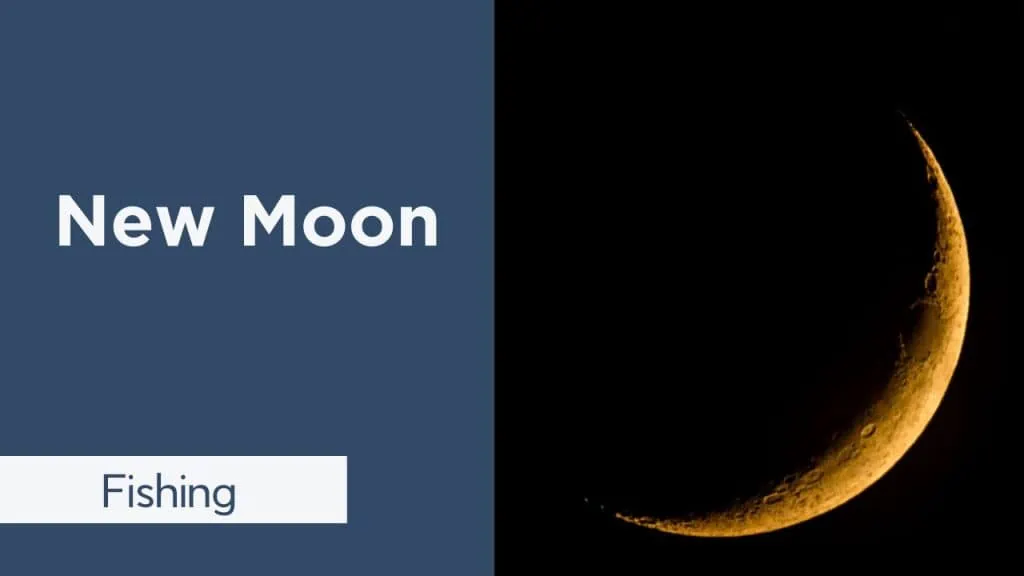
The new moon is another moon phase that can be good for tuna fishing. During this phase, there is less light in the sky, making attracting baitfish with artificial lights easier.
This makes it an excellent time for bait fishing, such as using live bait or chumming.
However, anglers should also note that during a new moon, tides and currents tend to be stronger than usual.
As a result, fishermen may need to adjust their tactics and use heavier tackle to deal with stronger water conditions.
Overall, while full moons are often touted as the best time for catching tunas, the new moon can also offer unique opportunities for successful fishing if anglers take into consideration the water conditions and adjust their strategies accordingly.
Factors To Consider When Choosing The Best Moon Phase
When choosing the best moon phase for tuna fishing, it’s essential to consider factors such as tides, time of day, and water temperature.
Tides
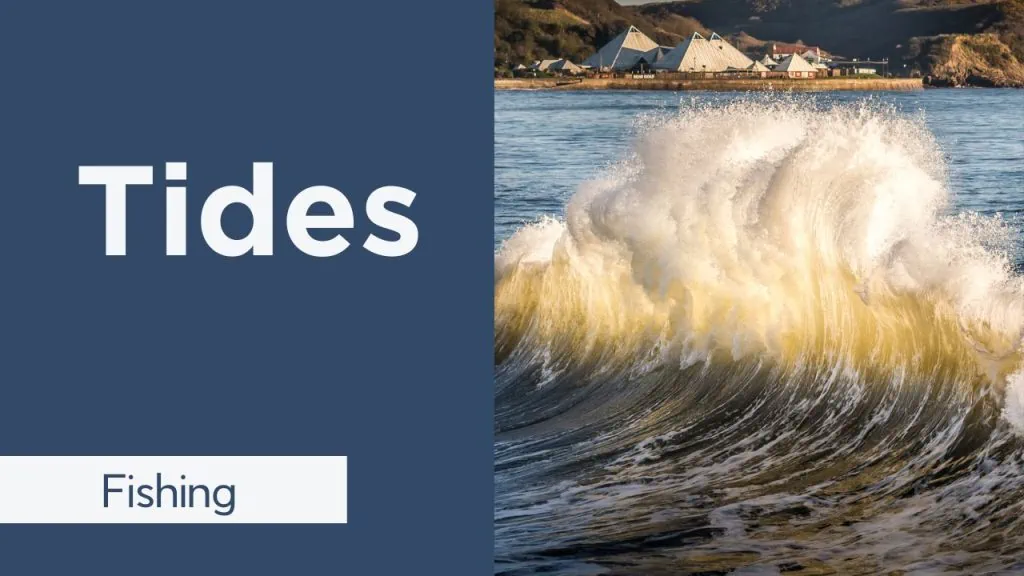
Tides are a crucial factor to consider when choosing the best moon phase for tuna fishing. The tide level often affects the movement and behavior of baitfish, which attracts tunas.
Many fishermen prefer to fish during incoming tides as they bring more food into the area where tunas feed.
On outgoing tides, some anglers drift their baits along current lines where they believe the big game fish will feed.
It is also essential to remember that water temperature significantly impacts tuna behavior, so it’s necessary to adjust fishing techniques according to local conditions and changes in water currents.
Time Of Day
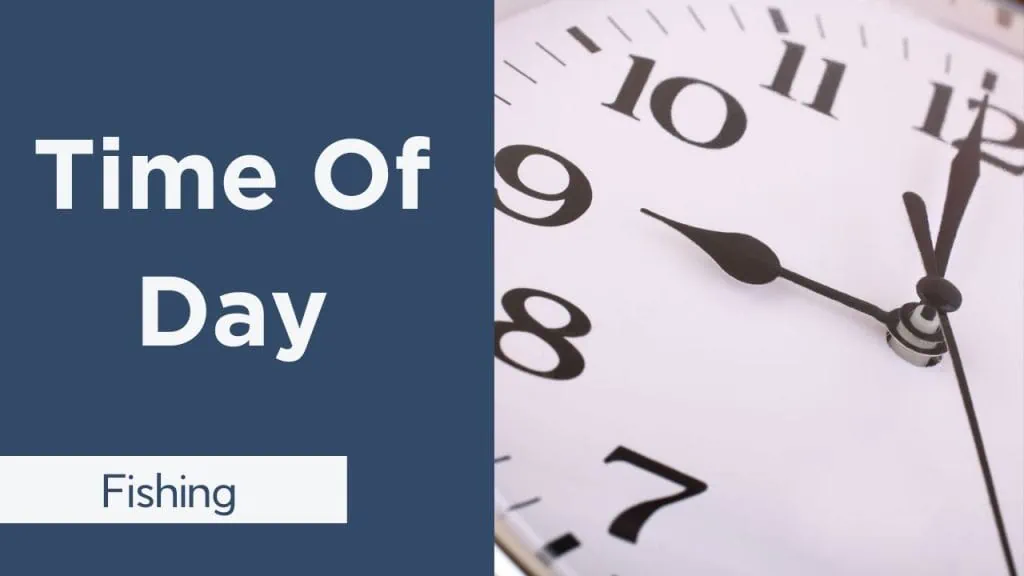
Another crucial factor to consider when choosing the best moon phase for tuna fishing is the time of day. Tuna tend to feed most actively during the first and last light, meaning dawn and dusk.
This makes sense as these are typically times of low light when tunas feel more comfortable hunting near the surface.
That being said, it’s important to note that tuna will feed all throughout the day, depending on their habits and location.
For example, yellowfin tuna in Mexico‘s offshore waters may prefer a midday bite due to runoff from nearby estuaries that push warm(er) water out into deeper, cooler zones.
Water Temperature
The water temperature is a crucial factor to consider when choosing the best moon phase for tuna fishing.
Tunas are known to prefer warmer waters, and their feeding habits may vary depending on the temperature of the water.
During the full moon period, water temperatures usually increase due to more extended daylight hours and direct sunlight exposure. This can cause tunas to move into deeper or cooler areas of the ocean.
Therefore, checking the current water conditions before selecting a specific moon phase for your Tuna fishing trip is essential.
Tips For Fishing During The Best Moon Phase
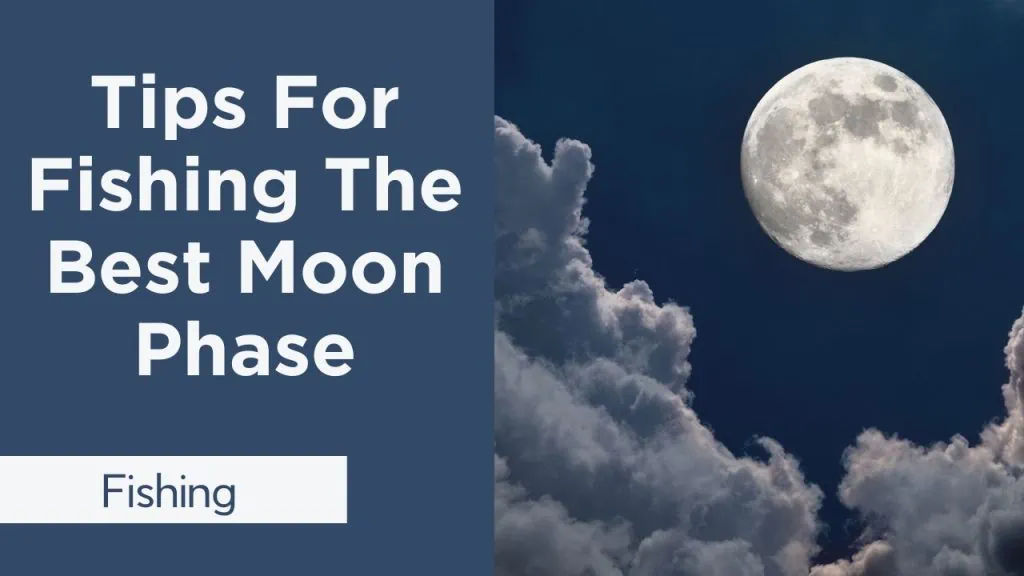
Fishing during the best moon phase for tuna can significantly increase your chance of success. Here are some tips to help you make the most out of your fishing experience:
- Consider the time of day – Tuna tend to feed more actively during dawn and dusk, regardless of the moon phase.
- Use proper bait – While some anglers believe that a full moon can complicate bait fishing, using live or fresh bait is always a good idea for catching tuna.
- Adjust your location – Depending on water conditions, you may need to move your boat to deeper or shallower waters during different moon phases to find where the tuna are biting.
- Be mindful of tidal patterns – The best times to fish often coincide with high tides, which can be influenced by the lunar cycle.
Remember, while moon phases can be a helpful indicator for optimal fishing times, it’s important to consider other factors such as weather conditions and water temperature as well. Happy fishing!
General Facts about Moon Phases and Tuna Fishing
| Facts |
|---|
| 1. The full moon is considered the best moon phase for tuna fishing by some fishermen. |
| 2. Tunas feed day and night during all phases of the moon and don’t necessarily need additional lighting from a full moon to feed. |
| 3. The best moon phase for tuna fishing may depend on the water conditions in a particular location. |
| 4. Wahoo and bluefin tuna tend to show and bite best on the full moon, according to some fishermen. |
| 5. Bait fishing can be a bit of a problem on a full moon. |
| 6. Fishing moon phase theories can help anglers determine the best tides or days to fish. |
| 7. Year in and year out, a full moon is not always considered the best moon phase for tuna fishing. |
| 8. Blue marlin fishing tends to be most successful in the lead-up to the full moon. |
| 9. There are online fishing moon phase calendars available for reference. |
| 10. Some fishermen have found that moon phase can have a significant impact on fishing success. |
FAQ’s
The Full Moon is considered to be the best moon phase to catch Bluefin Tuna by fishing captains worldwide.
The best time to catch tuna is when they are feeding, which is after dawn and before dusk.
Bluefin Tuna are known to feed heavily in the morning hours and then spend the rest of the day offshore.
Conclusion
In conclusion, understanding the best moon phase for tuna fishing can greatly increase your chances of a successful catch. While some fishermen swear by the full moon, don’t assume it’s the only time to fish. Many other Captains find that different phases work better depending on location and water conditions.
Factors such as tides, time of day, and water temperature should also be considered when planning your trip. With these tips and the right gear, you’ll be ready to reel in that elusive Bluefin or Wahoo on your next fishing adventure.

